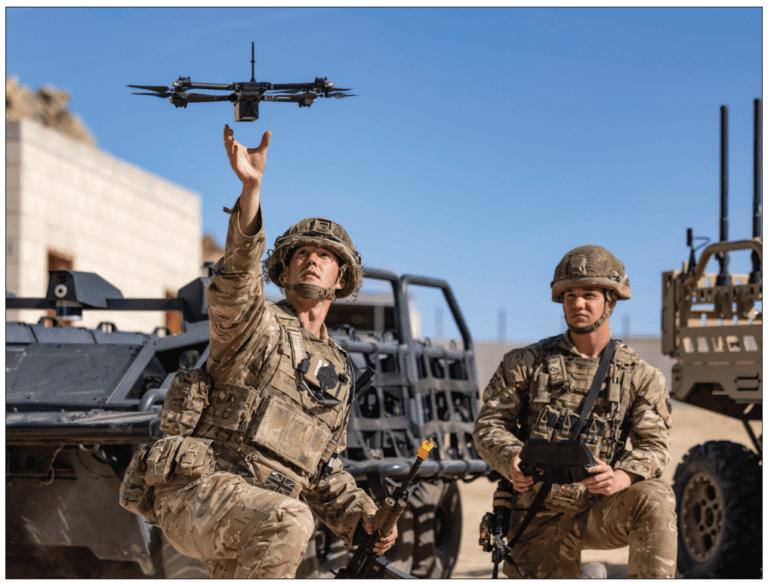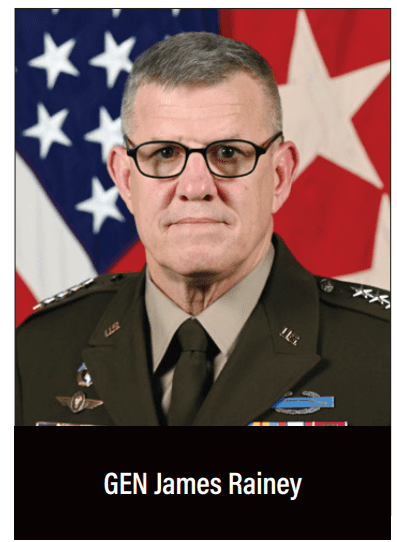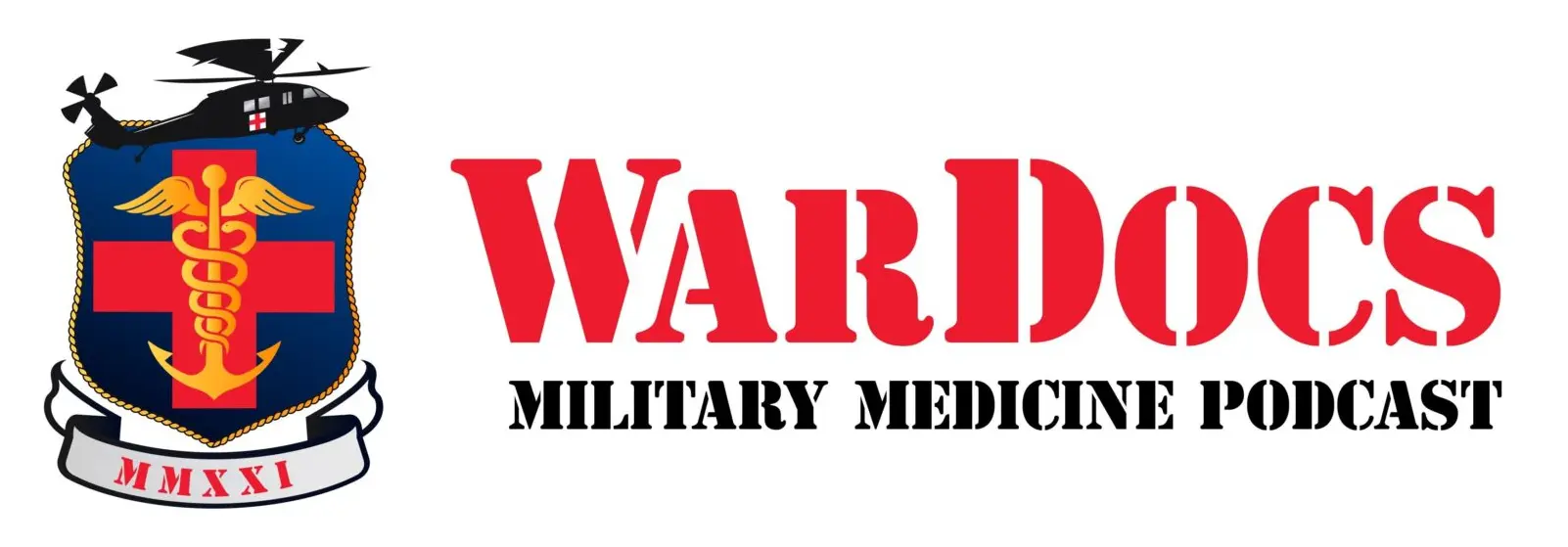
ARMY DIGITALIZATION: A FOUNDATION FOR THE FUTURE FIGHT
The U.S. Army today is formalizing a vision for how digital transformation can help the service reach milestone Waypoint 2028/29, while identifying priorities to resource, and outlining an integrated pathway to synchronize and better integrate fully digital-based operability.
By Christian Sheehy, A&M Managing Editor
A big part of the U.S. Army’s Force Modernization Strategy is the Army Digital Transformation Strategy (ADTS), established by the Office of the Army Chief Information Officer (CIO). A capstone concept, ADTS represents a shift in operations and culture that fundamentally changes how an organization delivers value through the adoption of advanced technologies such as cloud, data, and artificial intelligence (AI), and cybersecurity operations. Army Waypoint 2028/29 provides a framework for force interoperability without compromising overmatch capabilities moving forward. Proactive adaption to changing threats and threat levels means setting the conditions for multi-domain operations (MDO) readiness to address a Joint large-scale combat operations (LSCO) dictated future. Digitalization of force-wide systems architecture, as outlined by Army Futures Command Aimpoint 2035, is at the fore of this requirement.

ENGINEERING A DIGITALIZED FUTURE
In response to a 2024 U.S. Department of Defense Digital Engineering Directive, a current and ongoing Army push toward digital engineering across open-ended systems architecture is witnessing the increasing use of advanced modeling, simulation, and data analytics to design, analyze and optimize capability lifecycles. “The goal of this effort is to prioritize, mature, and scale ongoing data management efforts to leverage data for
decision making across all echelons,” said Christine Wormuth, Secretary of the Army. “Leveraging the Enterprise Decision Analytics Framework/Enterprise Architecture (EDAF/EA) to validate interoperability across modernization programs that will support MDO through data standards and integrated operational, system, data, security, and technical architecture.” The Army expects to adopt a “cloud smart” approach that supports the migration of enduring applications in existing Army Enterprise Data Centers (AEDC) and Installation Processing Nodes (IPN) to the Army’s cloud (cArmy) in achieving cost savings, interoperability, and information sharing across applications. To attain these goals, the Army is prioritizing cases to support Project Convergence and MDO including tactical cloud pilots, threat capability red teams, and prototyping efforts as appropriate with coalition and allied nation partners
“The number one priority we have today is our network which enables command and control. As such, a clear imperative is to turn hardware problems into software problems because they are faster and more agile, allowing you to compete at a pace that is unprecedented,” stated General James Rainey, Commanding General, U.S. Army Futures Command, in a recent interview conducted by the Center for Strategic & International Studies. “Our next generation of command and control is moving toward data-centric warfare.” This will undoubtedly be dependent on the Army’s ability to continue software enhancements while maintaining an open systems architecture approach to capabilities development.
DIGITALIZING FORCE OPERABILITY AND BEYOND
What General Rainey refers to in software evolution is the use of technologies such as artificial intelligence (AI) and multi-cloud environments which lend themselves directly to force modernization beyond just digital engineering. Future AI will be seen in the automation and optimization of brigade combat team command and control, unmanned ground and aerial systems interoperability, and countless numbers of split-second decision scenarios made by sensorydriven diagnostics applications that will monitor the lifecycle health of the Joint Force on land, sea, in the air, and in space. Scalability, flexibility, and resilience offered by cloud computing also ensures redundancy and availability in systems, providing partnering industry ways to maximize innovation and cost-effectiveness by leveraging AI and multi-cloud environments to drive modernization of legacy systems to produce a sustainable U.S. military technological advantage on the battlefield well into the future.

